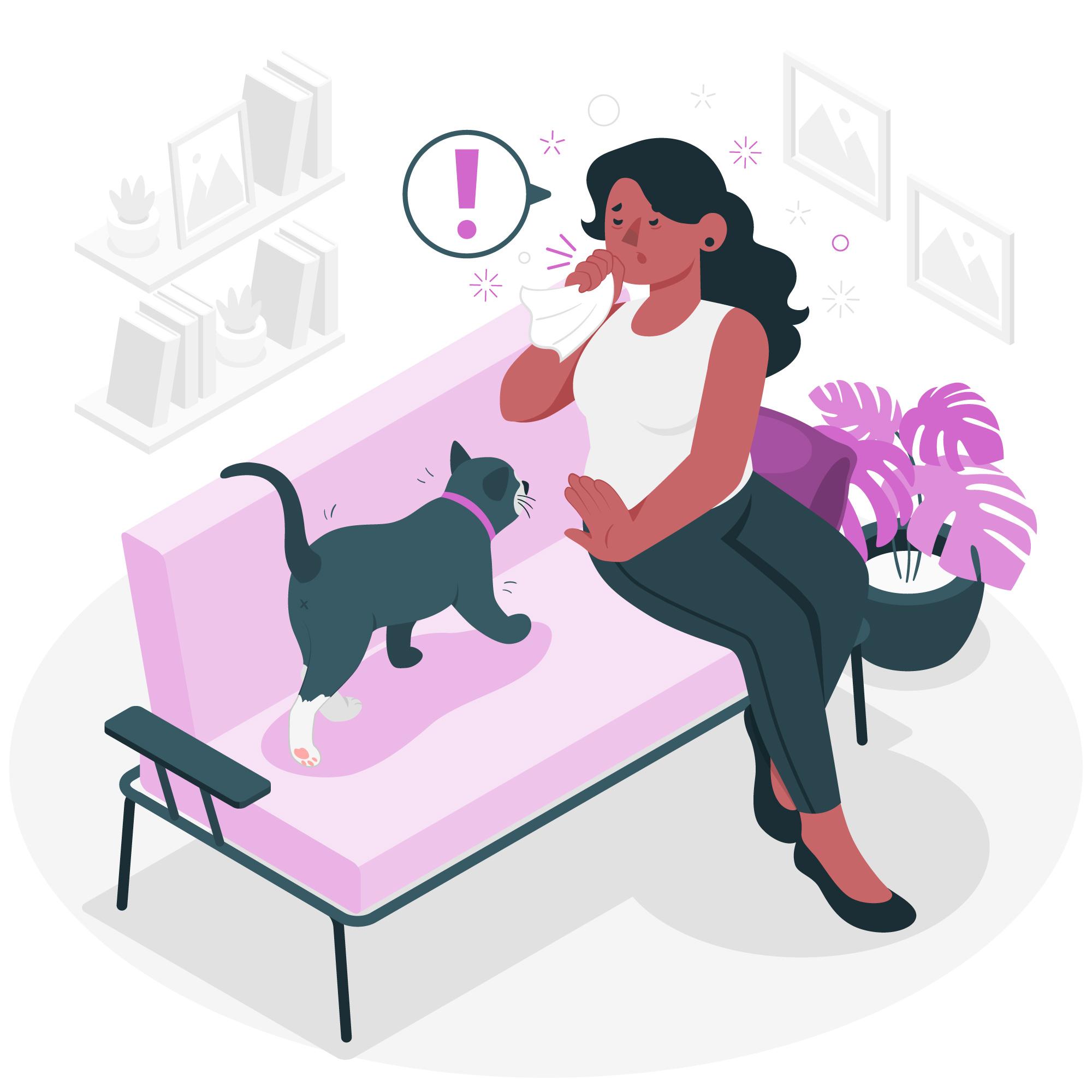Cynophobia
Overview
Cynophobia, the excessive and irrational fear of dogs, is a specific phobia classified under anxiety disorders in the DSM-5. While many people may feel uneasy around unfamiliar dogs, individuals with cynophobia experience severe distress, leading to avoidance behaviours that impact their daily lives. In India, where street dogs are common, this fear can be particularly challenging and affect social functioning.
Key Facts
- Cynophobia is one of the most prevalent animal phobias, affecting approximately 3-7% of the global population.
- In India, exposure to stray dogs is a significant factor contributing to this fear, with over 1.5 crore (15 million) stray dogs recorded across urban and rural regions.
- Fear of rabies exacerbates cynophobia in India, as the country accounts for approximately 36% of the world’s rabies deaths annually.
- Childhood experiences, such as witnessing or experiencing dog attacks, play a crucial role in the development of cynophobia.
Symptoms and Patterns
Cynophobia manifests in both physical and psychological symptoms, including:
- Physical Symptoms: Increased heart rate, sweating, trembling, nausea, dizziness, and shortness of breath when near or thinking about dogs.
- Cognitive Symptoms: Persistent thoughts of being attacked, irrational fears even when dogs are harmless, and an overwhelming sense of dread.
- Behavioral Patterns: Avoidance of places where dogs may be present, difficulty walking in certain neighbourhoods, and hesitation to visit friends or relatives who have pet dogs.
Risk and Protective Factors
Risk Factors:
- Childhood Trauma: A dog bite or aggressive behaviour from a dog during early years can create long-lasting fear.
- Parental Influence: If parents express fear or aversion to dogs, children are more likely to develop cynophobia.
- Urban Exposure: Frequent encounters with stray dogs in cities like Delhi, Mumbai, and Bangalore increase anxiety and reinforce avoidance behaviour.
- Comorbid Anxiety Disorders: People with generalized anxiety disorder (GAD) or post-traumatic stress disorder (PTSD) may be more susceptible to developing cynophobia.
Protective Factors:
- Gradual Exposure Therapy: Controlled exposure to friendly and trained dogs can reduce fear over time.
- Educational Awareness: Understanding canine behaviour can help demystify misconceptions and lower anxiety levels.
- Community Initiatives: Local animal welfare programs promoting dog-friendly interactions can help reduce fear among individuals.
Treatment and Care
Cynophobia, like other phobias, can be effectively treated through various psychological interventions, including:
- Cognitive-Behavioural Therapy (CBT): Helps individuals challenge and reframe irrational fears and thoughts about dogs.
- Exposure Therapy: Gradual and controlled exposure to dogs to desensitize the fear response.
- Medication: In severe cases, anti-anxiety medications or beta-blockers may be prescribed to manage symptoms.
- Mindfulness and Relaxation Techniques: Breathing exercises, meditation, and progressive muscle relaxation can help individuals manage anxiety triggers.
Psychological and Psychosocial Interventions
- Systematic Desensitization: Exposure to images, videos, or distant observations of dogs before direct interaction.
- Virtual Reality Therapy (VRT): A modern approach where individuals interact with simulated dogs in a safe environment.
- Support Groups and Counselling: Encourages social support and shared experiences to normalize fears and find coping strategies.
- Parental Guidance Programs: Educating parents on fostering positive attitudes toward animals to prevent early-onset cynophobia in children.
Conclusion
Cynophobia, though often overlooked, can significantly impact a person’s quality of life, particularly in a country like India, where interactions with dogs are inevitable. Early identification, psychological interventions, and gradual exposure can help individuals overcome this fear and lead a more confident and stress-free life. By fostering awareness and understanding, both at an individual and community level, cynophobia can be effectively managed and treated.


